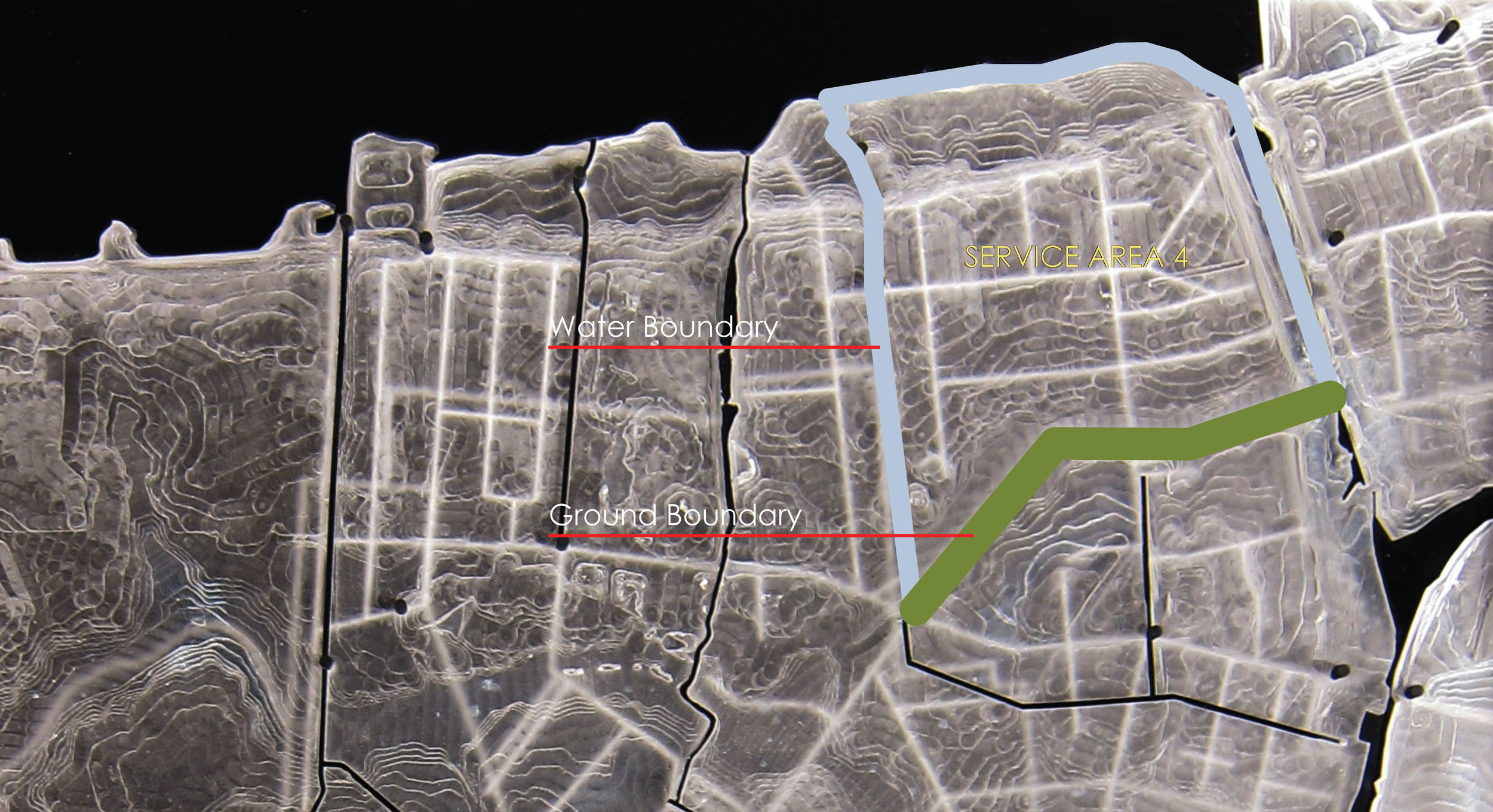
Soil-based Site Potential

Site Drainage Diagram

Service Area Diagram

Pumping Station Diagram

Concept Diagram

Site Plan

Site Section

Site Section

Sectional Model

Final Model

Final Model

Final Model

Aerial

Canopy

Community Garden

